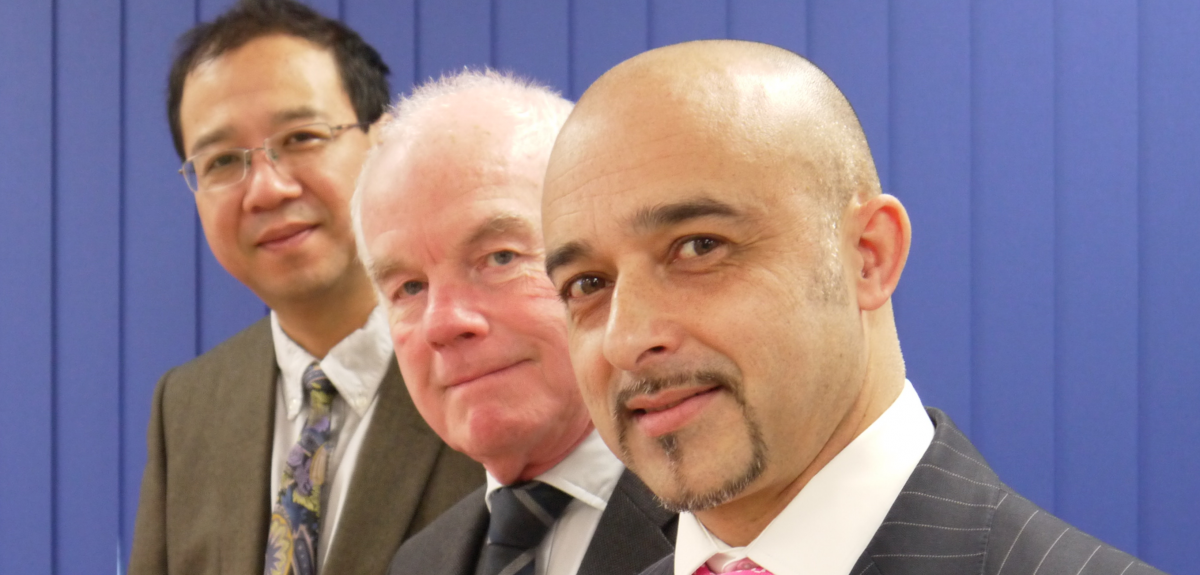
Image credit: Oxford Endovascular
Oxford develops tiny mesh tube devices to treat brain aneurysms
An Oxford spinout is developing advanced tiny metallic mesh tube devices invented by engineers and clinicians at the University to treat patients suffering from brain aneurysms.
Oxford Endovascular has raised £2m from investment company Oxford Sciences Innovation PLC, Parkwalk Advisors and other private investors to take the device through clinical trials, and ultimately aims to treat thousands of patients worldwide.
A brain aneurysm is a weakened point in a blood vessel where the pulsing blood pressure causes the wall of the vessel to balloon or bulge. About one in 50 people in the UK develop aneurysms each year. If an aneurysm is left untreated it can burst or rupture, causing intense pain and life-threatening bleeding into the brain which will result in serious brain damage or death.
James Byrne, a Professor of Neuroradiology at the John Radcliffe Hospital and Zhong You, a Professor in the Department of Engineering Science designed the device after observing the limitations of existing treatments.
The Oxford technology uses a special laser-cut metal alloy which has a shape-memory. It can be posted into a catheter during surgery, inserted into the brain and opened up into a tiny mesh tube ('flow diverter') that fits into the natural shape of the blood vessel. This diverts the blood away from the aneurysm, allowing it to heal.
CEO Mike Karim said: 'Cerebral aneurysms in the brain are unfortunately very common, and a third of people who develop this problem will die. A third of survivors will suffer permanent neurological damage if left untreated.'
Oxford Endovascular's chairman, Brian Howlett, said: 'We believe the Oxford Endovascular device will dramatically improve outcomes for patients, as many cannot be treated with current technologies. Physicians will be able to place the device more accurately and in a wider range of patients ensuring treatment is safer and more effective. Our aim is that they will also be able to treat deeper brain blood vessels not accessible with existing devices.'
The University's technology commercialisation company Isis Innovation supported the team by filing patents, building the business plan and marketing the opportunity.
Isis Innovation Head of Technology Transfer (Life Sciences), Dr Adam Stoten, said: 'With risk factors such as cardiovascular disease, high cholesterol and diabetes on the rise, new treatments for aneurysms are essential. Oxford Endovascular is a great example of collaboration between physicians and engineers to improve patient treatment.'
The device was developed with support from the Wellcome Trust, Technikos and the University. Oxford Endovascular aims to complete development and begin manufacturing the device before moving into clinical trials and applying for regulatory approval in major markets.
 Expert Comment: Chatbot-driven sexual abuse? The Grok case is just the tip of the iceberg
Expert Comment: Chatbot-driven sexual abuse? The Grok case is just the tip of the iceberg
 New study finds that stopping weight-loss drugs is linked to faster regain than ending diet programmes
New study finds that stopping weight-loss drugs is linked to faster regain than ending diet programmes